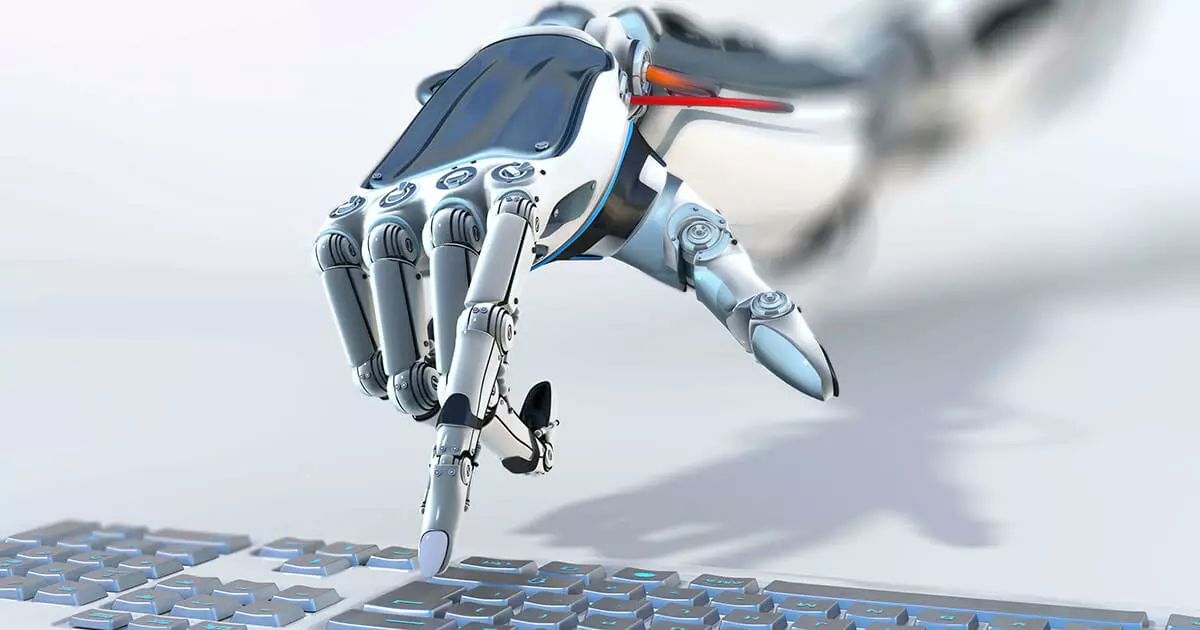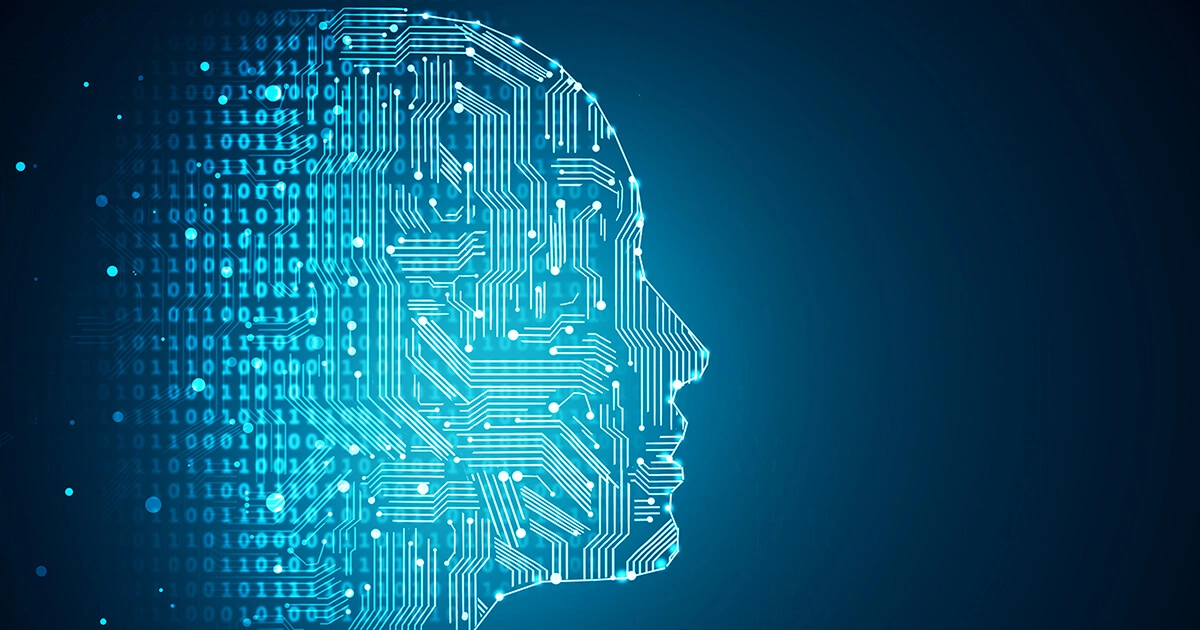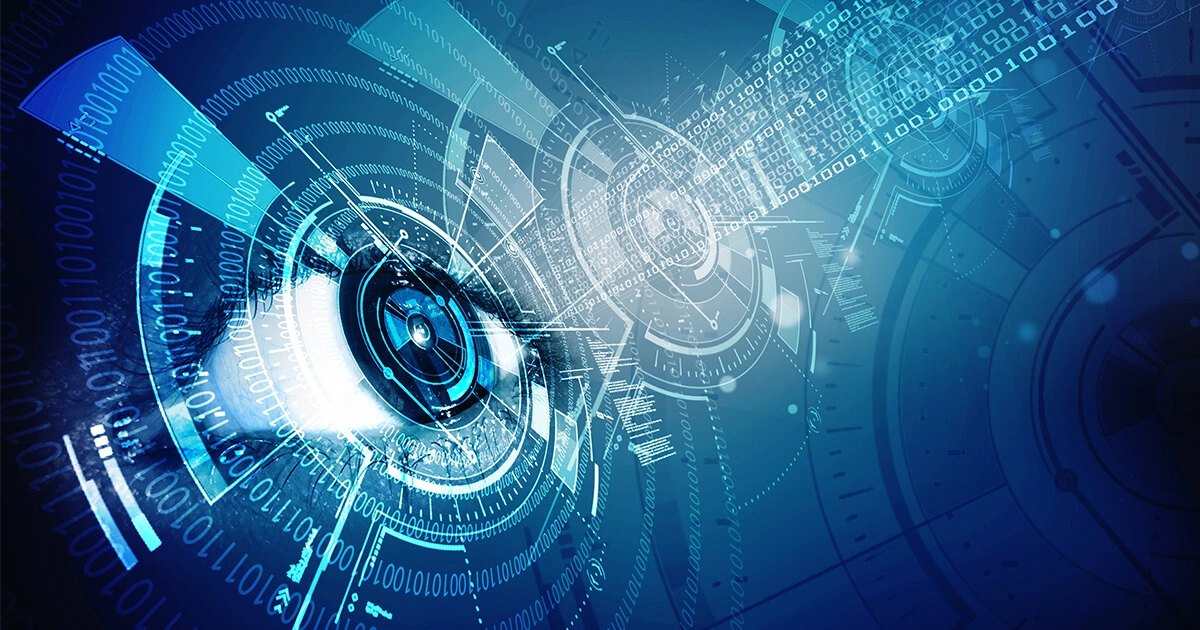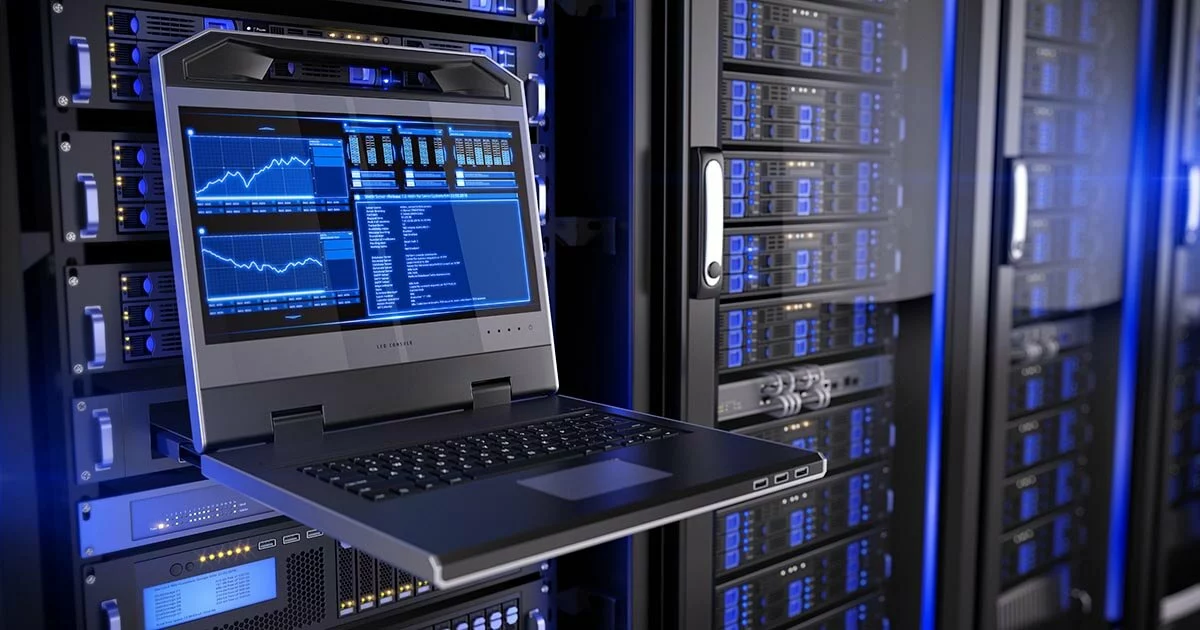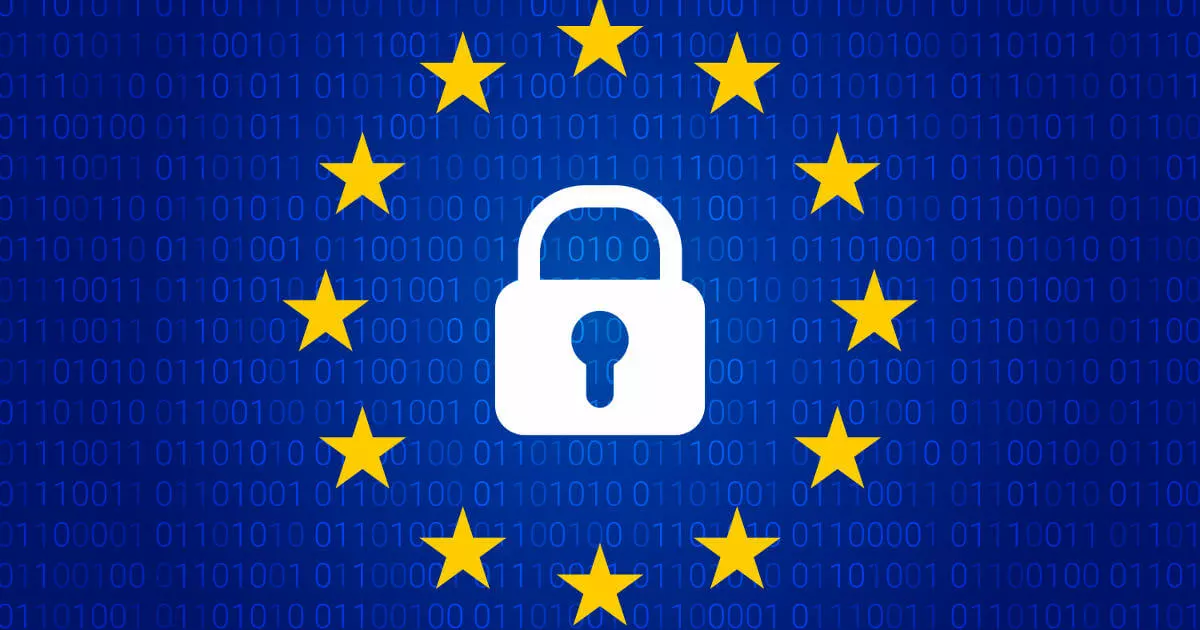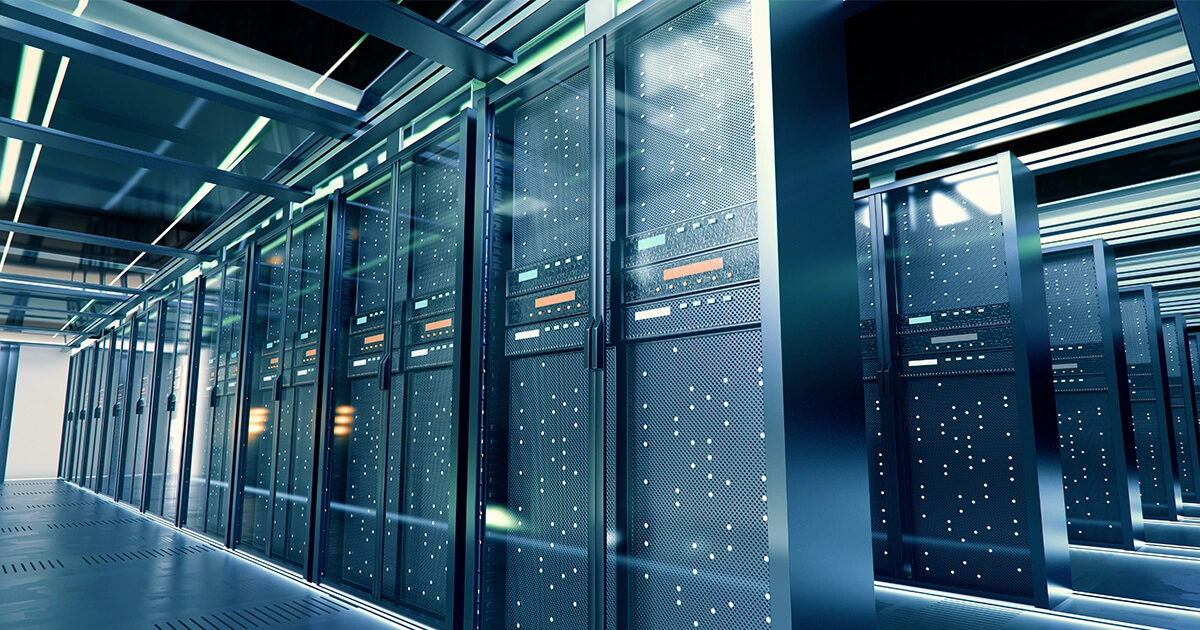 Connect worldshutterstock
Connect worldshutterstockWhat is Object Storage? The modern storage solution
Which storage method is right for you or your business? Nowadays, there are several options to choose from. With object storage, data is stored as objects rather than in folders — everything exists on a single level. But how does object-based storage work, and what are the…


